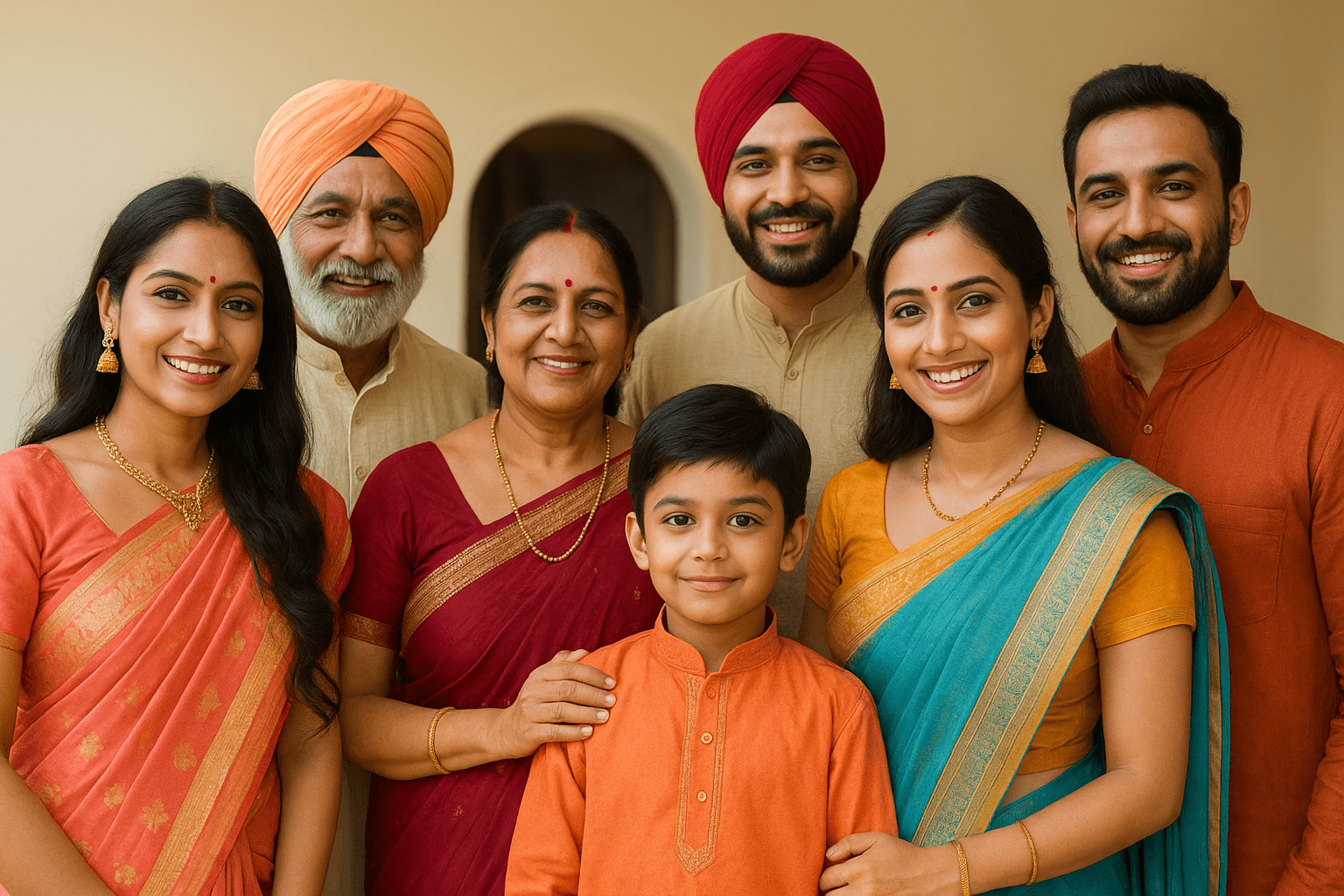
Sacred Vows by the Ghats: A Cultural Dive into Bengali Hindu Weddings

Sacred Vows by the Ghats: A Cultural Dive into Bengali Hindu Weddings
From the fragrance of fresh jasmine garlands to the rhythmic beat of the dhaak during the bride’s entrance, Bengali Hindu weddings are a lyrical blend of devotion, celebration, and deeply rooted traditions. Known for their poetic rituals and aesthetic finesse, these ceremonies beautifully showcase the elegance of Bengali culture. Let’s take a vibrant walk through the corridors of a typical Bengali wedding ceremony — where sacred fire meets artistic flair.
The Unique Pre-Wedding Traditions of Bengal
The celebrations begin several days ahead of the wedding, often enveloped in joy, music, and symbolic rituals:
- Aiburo Bhaat – A special feast organized separately for the bride and groom, symbolizing their last meal as bachelors, filled with dishes like shorshe ilish (mustard hilsa) and mishti (sweets).
- Gaye Holud – The Bengali version of the haldi ceremony, where turmeric paste is applied to the skin of the bride and groom, enhancing their glow and warding off negativity.
- Tattwa exchange – Intricately packed gifts, clothing, and sweets are exchanged between families, showcasing the abundance and respect in marital alliances.
Wedding Day Rituals: A Tapestry of Symbols
The wedding day, or biye, is a spectacle of devotion, tradition, and color. Conducted often at night, these weddings feature tender moments and grand symbolism:
- Topor and Mukut: The groom wears a white conical headgear (topor), and the bride adorns a crown-like mukut — both crafted from shola (pith plant).
- Shubho Drishti: A romantic tradition where the bride, seated on a wooden stool (piri), circles the groom seven times before they lock eyes — symbolizing the start of their journey together.
- Mala Badal: The mutual exchange of floral garlands while being lifted by friends and family, highlighting playful competitiveness and unity.
- Sampradan and Saat Paak: The elder male of the bride’s family gives her away officially in a ritual called Sampradan. The Saat Paak involves the couple taking seven symbolic steps together, each representing vows of love and duty.
These ceremonies beautifully reflect the involvement of parents, relatives, and community, emphasizing strong family values in Bengali weddings.
Bridal Attire: Elegance in Red and Gold
Bengali bridal fashion is regal in every sense. The traditional Benarasi saree in deep red or maroon — woven with golden zari motifs — is a classic. Paired with stunning gold jewelry like nath (nose ring), tikli (forehead ornament), and sankha-pola (white and red bangles worn by married women), the bride represents prosperity and tradition.
The groom dresses in a silk dhoti-kurta, often ivory or cream-colored with rich borders. A silken drape over the shoulder and the topor complete his dignified appearance.
Music and Ritual Dances: Dhunuchi Naach & Dhaak Rhythms
No Bengali wedding is complete without dhaak beats and the intoxicating scent of dhunuchi (incense). During ceremonies, performers sway in rhythm with burning dhunuchis in a devotional dance known as Dhunuchi Naach. Invoking the energy of goddess Durga, these movements blend grace with fire, quite literally.
Folk songs and Rabindra Sangeet often form the musical backdrop, infusing poetic charm into the air.
The Feast: A Bengali Culinary Extravaganza
If you’re attending a Bengali wedding, come hungry. The post-wedding feast, or biye bhojon, is a culinary festival brimming with flavors. Common dishes include:
- Shorshe Ilish: Hilsa in mustard gravy, a Bengali delicacy not to be missed.
- Chingri Malai Curry: Tiger prawns smothered in coconut milk gravy.
- Basanti Pulao and Alu Dum: Fragrant rice with spiced potatoes.
- Misti Doi and Rasgulla: No Bengali event ends without these iconic desserts.
Meals are traditionally served on banana leaves or eco-friendly plates, symbolizing purity and simplicity.
Post-Wedding Rituals & Lasting Bonds
After the wedding, ceremonies like Bou Bhaat (bride’s first meal at her in-laws’ home) and Bashi Biye (rituals performed the following morning) reflect the sweetness of integration into new family life. These emphasize enduring family bonds and respect for elders — critical themes across Indian traditions.
Conclusion: A Symphony of Rituals and Heart
Bengali Hindu weddings are more than ceremonies — they’re immersive cultural experiences that unite families with poetry, faith, and feasting. With every ritual steeped in meaning and the timeless essence of togetherness, it’s easy to see why Bengali weddings remain one of India’s most beloved traditions. Ready to explore your romantic journey steeped in heritage? Find your perfect match today and begin writing your own soulful saga.
